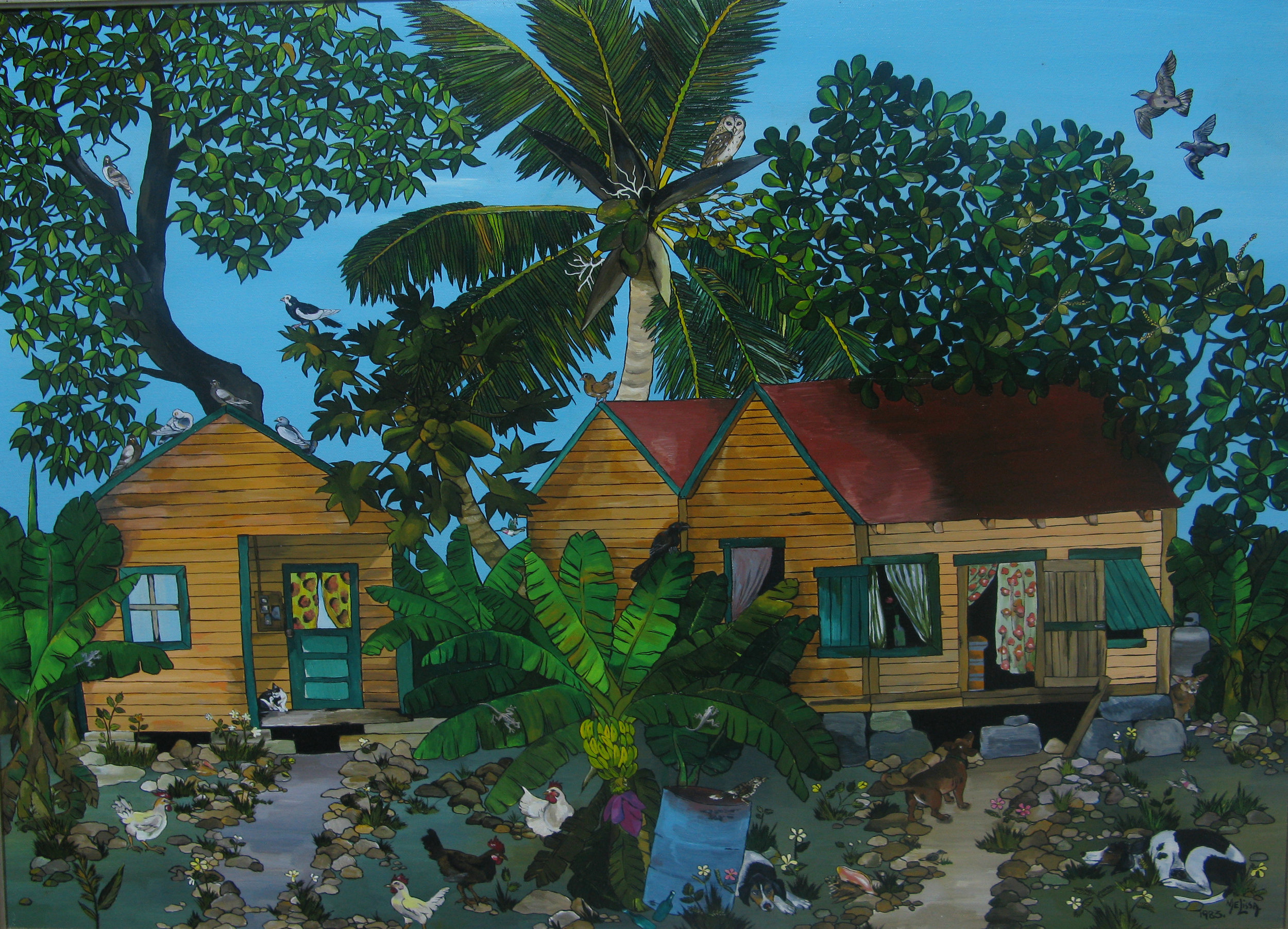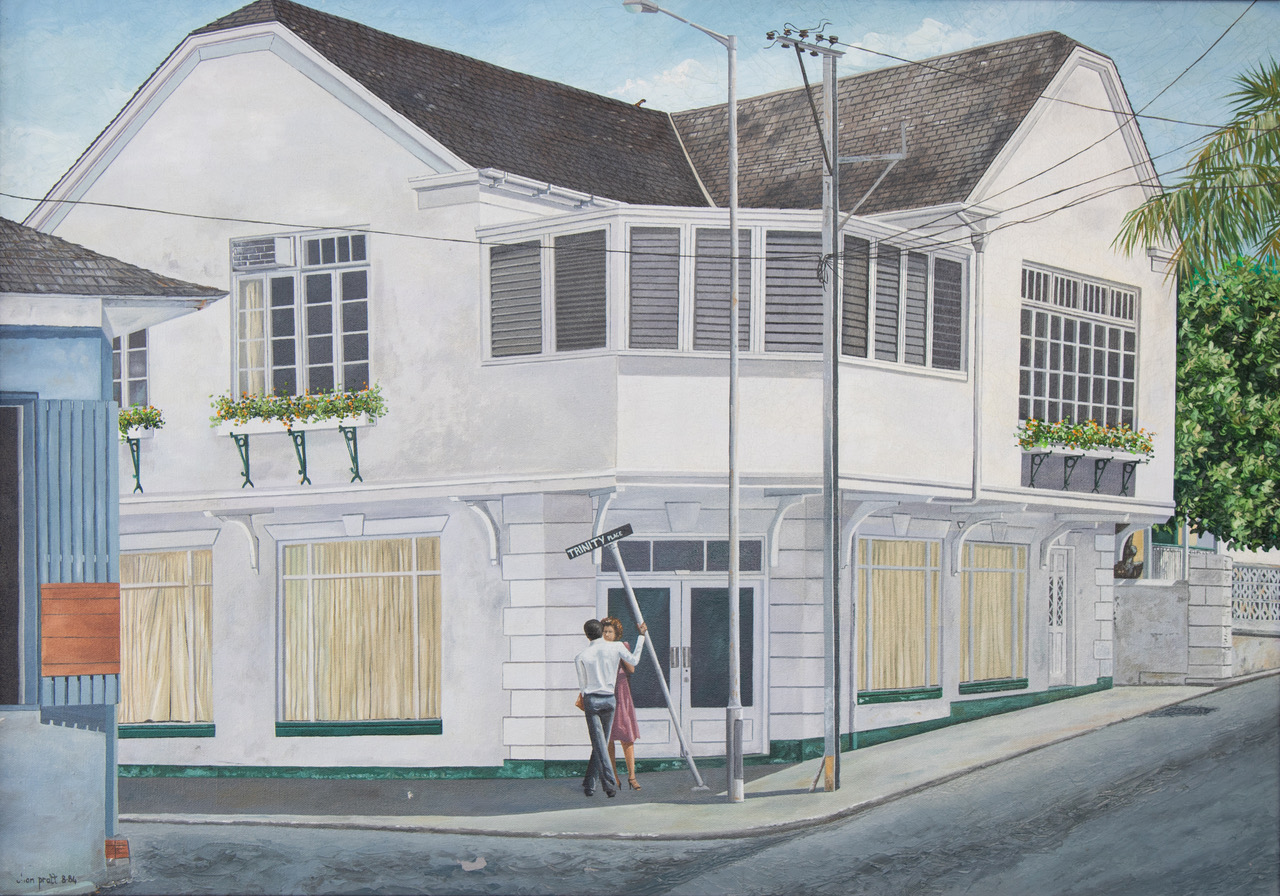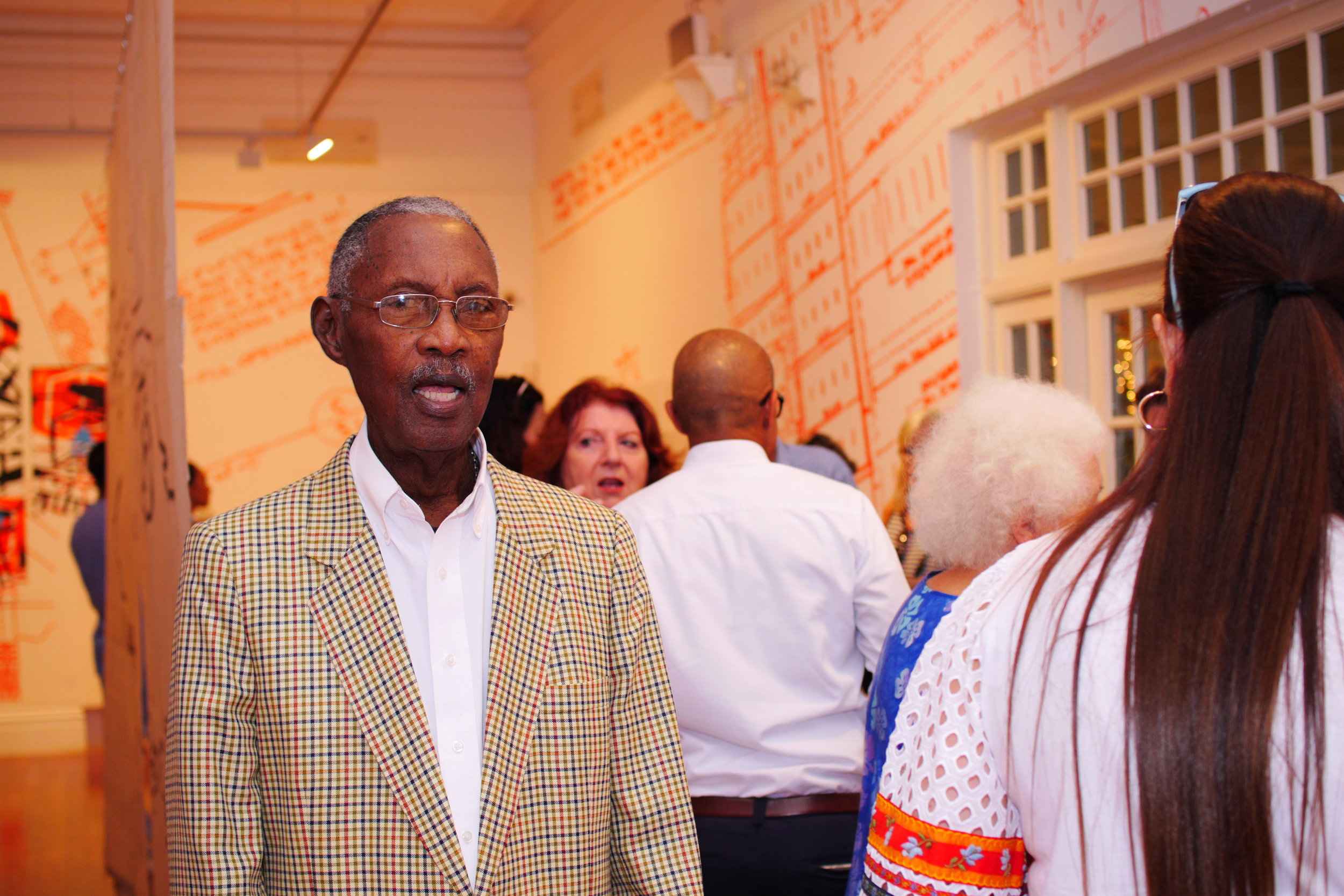Stories Demure Facade, Colourful History: Sterling Miller’s “Villa Doyle” (ca. 1969) Natalie Willis · 3 July 2019 The Villa Doyle,
All posts tagged: Architecture
“Wellington Street Dwelling”: Exploring the Bahamian Vernacular
By Kelly Fowler, Guest Writer. An island landscape in the mind of a non-native may include picturesque coastal scenes of blue and turquoise shaded waters gradually transitioning to crystalline, onto shallow shores of powder white sandy beach, and further to lush foliage of coconut and palm trees. To the native Bahamian, the island landscape may vary considerably. The landscape may range anywhere from the quintessential narrow, yet neat streets featuring well-kept, board houses nestled among vibrant Bougainvillea, Poinciana and golden shower trees, to scenes of markets, daily life and the historic Over-the-Hill community where centuries-old silk cotton grow, fruit trees flourish and royal Bahamian potcakes roam freely. Both the outsider’s notion and the insider’s experience are represented in Bahamian art. Melissa Maura’s 1983 oil on canvas painting entitled Wellington Street Dwelling is a glimpse into an insider’s experience of island life and landscape. The painting draws the viewer into the lived experience of the native Bahamian and invites the onlooker to reflect on the diversity of the island landscape and how the landscape has changed over time.
Chan Pratt’s Work Speaks to the Urbanisation of the Bahamian Landscape
By Blake Fox. Slated to open on Thursday, May 2nd, 2019 at The National Art Gallery of The Bahamas (NAGB), “Resurrection” is a retrospective of over 100 paintings by noteworthy Bahamian artist Chan Pratt. The collection prominently features Bahamian landscapes between the 1980s and ‘90s with scrupulous attention to the local flora. Having died suddenly–and at a young age–much of Pratt’s work was undocumented and there is an unfortunate lack of historical information on the artist and his practice. To resolve this lack of exposure, the NAGB is working with Dewitt Chan (DC) Pratt, Chan Pratt’s son, and over 20 collectors of Pratt’s work to pay homage to his talent which was sometimes overlooked.
Potter’s Cay: Markets and the Importance of Public Spaces
By Dr Ian Bethell-Bennett, The University of The Bahamas . “Traversing the Picturesque: For Sentimental Value” provides an invaluable view into the way the islands have been visioned for decades. It is a unique and important show that serves as a historical and current window into a perspective that adds value to our discussions and to how we see ourselves. Working in tandem with “We Suffer to Remain”, both shows provide an incredibly fruitful and open discussion for the cultural materialism and intermateriality cross-materiality that allows deeper and broader understanding of where we live and how we live here. The latter show deals with the loss of tangible and intangible cultural heritage of slavery through erasure. The periphery, the colony where the history physically took place has gutted its memory through a process of deletion and writing over.
Reflecting on the life a gentle giant: George Cox, Pioneer and Visionary
By Dr Ian Bethell-Bennett, The University of The Bahamas. Our culture is as much about how we build, live and die, as how we speak, dress and eat, and George Cox, for me, embodied one of those shapers of Bahamian vernacular culture, simultaneously impacting high culture. How we live is as important as what we do and both influence the legacies we leave.




